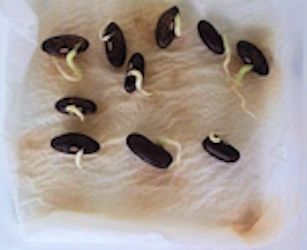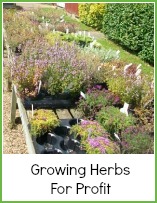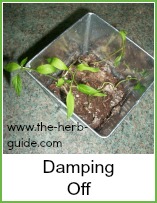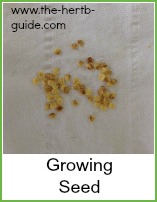- The Herb Guide Home
- Growers Dictionary
- Seed Viability
Seed Viability
As an Amazon Associate I earn from qualifying purchases
Seed Viability
Testing seed viability is important before you go out to buy new ones. Don't go throwing away last year's seeds before you test to see if they'll germinate.
I got a 100% strike rate on these bean seeds 5 years after the use by date.
A few days is all it takes to find out if your seeds are still fertile and you can save yourself a fortune AND it minimises waste.

You can try a sample lesson to help you decide if the Herbal Academy of New England is the right choice for you - follow the link below.
These tendergreen dwarf bean seeds had a use by date of 2008
I found them on the back of a shelf in my shed when I was clearing up one day last spring.
This was in 2013!
The seeds had not been kept in perfect conditions - just dry and dark, but not cool as the shed goes from hot to cold depending on the weather.
So - to experiment to see if they were fertile.
You can do this with any old seeds you have.
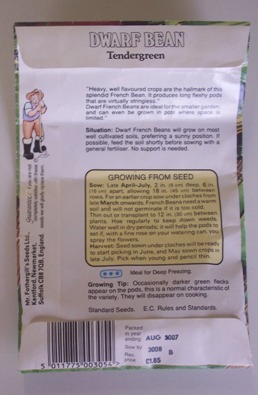
This could save you a fortune in buying seeds every year - you really don't need to if you test their viability first.
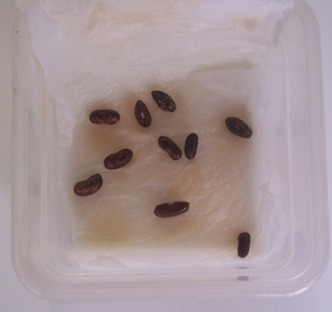
I took 10 seeds to give me a percentage strike rate.
Put some kitchen (tissue) roll in a poly box, then the seeds. Dampen the paper and cover them with another layer. Leave them somewhere warm.
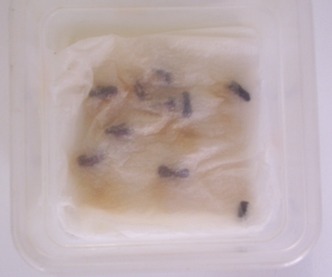
I left mine for 5 days and this is the result - all 10 germinated.
Now, you need to do this earlier than a normal sowing time as you need to know if you've got viable seed in time to buy them if you haven't.
These seeds will need to be popped into growing compost and kept indoors until the normal sowing time.
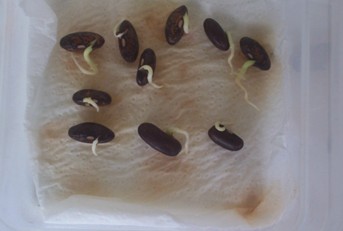
They'll have a head start on the growing season.
I would say that anything over 6 out of 10 is reasonable viability, but as you can see, I got 10 out of 10 with 5 year out of date seed. (In the video, I said 2008 to 2012, but in fact it was 2007 buying, 2008 use by and 2013 I did the experiment)
You can use this method to start off any seeds - things with tough coatings like sweet peas or those which are slow to germinate and then you can see what's happening.
Herb Tips
Many seeds come in packets with hundreds of seeds - there's no way the average gardener would use 500 basil plants in one year. Even if you shared them with nine friends, you'd still get 50 plants each.
To extend the life of your seeds, keep them in a cool place.
I store mine in a polythene box in the fridge. It's just a normal tupperware box and I keep the seeds in their packets, so I know what's there.
Do not buy new seeds until you've tested your old ones. It takes a few days and you could save yourself a fortune.
Where would you like to go next?
I may receive a commission if you purchase something mentioned in this post. See more details here This will not affect the amount you pay.

